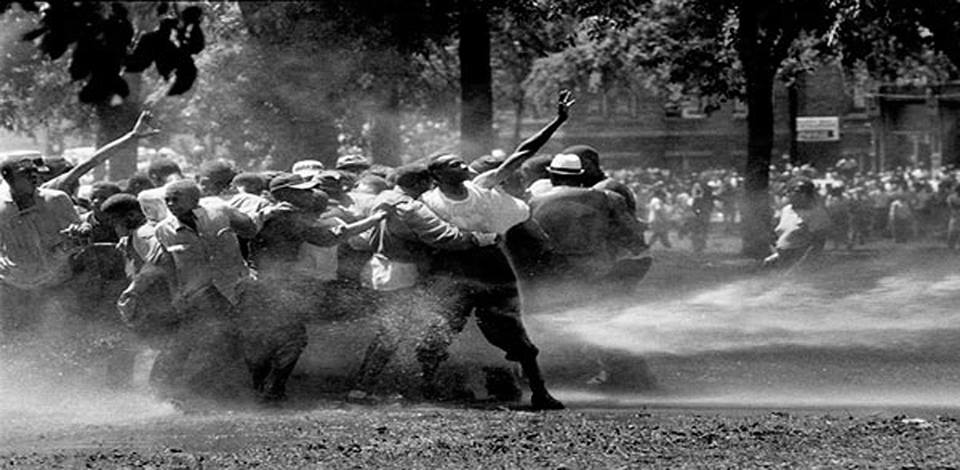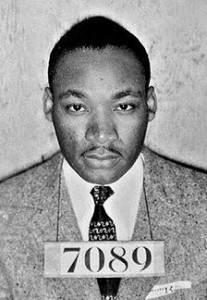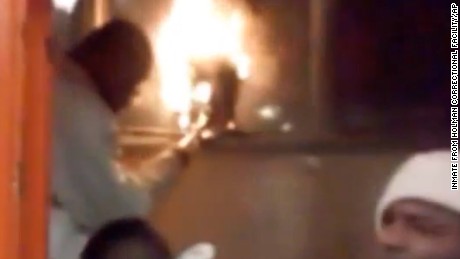In addition to its lawsuit, the SPLC issued a damning report exposing widespread neglect and denial of medical care. In particular, the SPLC found that to cut costs inmates were regularly denied medical treatment, which in several cases resulted in death. The report described requests for medical help that were ignored, derided, or met with beatings or segregation. It found that inmates were unwillingly or unknowingly signed up for "do not resuscitate" orders, that poor diabetes care led to frequent amputations, and contagious diseases like hepatitis C spread untreated. The SPLC also found that surgeries were denied for sometimes as long as a decade, broken bones were often ignored for weeks, and prisoners suffering from burns and strokes were at times denied care for days.
The inmate interviewed by The Intercept said that in one instance, a fellow prisoner repeatedly tried to gain admission to the infirmary but was turned away. When he finally saw a doctor, he was diagnosed with cancer, had five tumors removed, and died weeks later. "I felt like they killed him," the inmate said. "We really have no value."
. . .
Glasgow and others in close contact with prisoners told The Intercept that more protests across Alabama prisons are imminent, and they listed a long catalogue of abuses compounding prisoners' anger over their living conditions, including rat infestations, inedible food they dubbed "road kill," and guards forcing inmates to fight each other in laundry rooms while betting on the outcome.
"When we look at how our prisons run, it's really not a criminal justice system. It's a criminal enterprise. A legal, criminal, enterprise," the Holman inmate said. "If you make a felon out of a man, you take away his rights as a human being."
. . .
Alabama's new prison plan, if enacted, will add approximately 3,000 beds to the system, reducing overcrowding to 125 percent. In order to pay for it, the state will authorize an $800 million bond, which will be serviced by up to $50 million a year redirected from what the state already spends to maintain its decrepit prisons. "We were already solving this problem long before this took place," Alabama's governor, Robert Bentley, said in a press conference following the riots. He called the proposal "transformational thinking."
Prisoner advocates were less impressed. "That would just move the problem," said Watson. "In Alabama, we have a history: If we build them, then we overfill them." Morrison, of EJI, said the state consulted several experts about its prison problems, and none had recommended building new prisons as a solution. "A multi-year prison construction does not address the immediate crisis they have," she said.
Prisoners and their advocates say the only way to make incarceration humane — and legal — is to drastically cut the population of prisons, not build new prisons.
–Alice Speri, Alabama’s Solution to Prison Riots: Build More Prisons
The Intercept, 8 April 2016.




